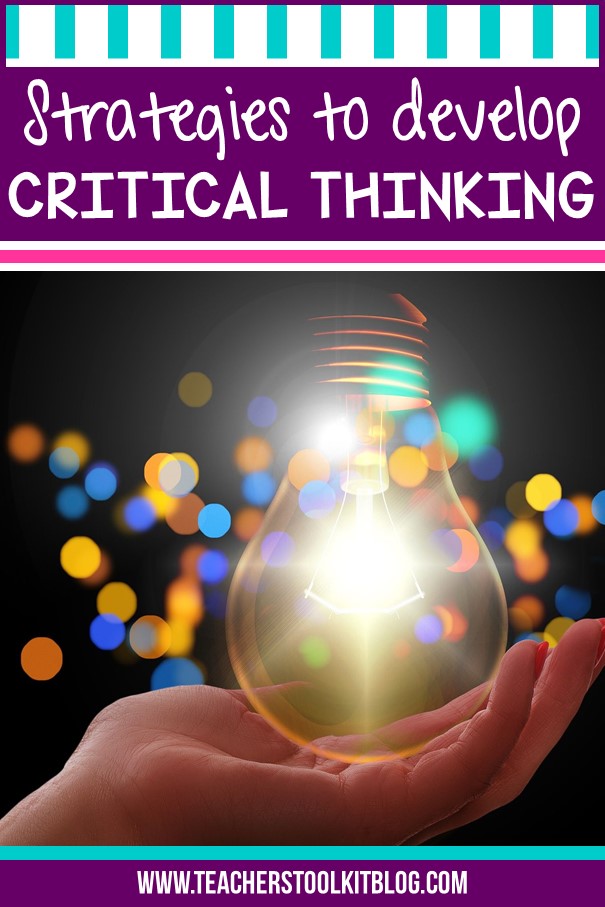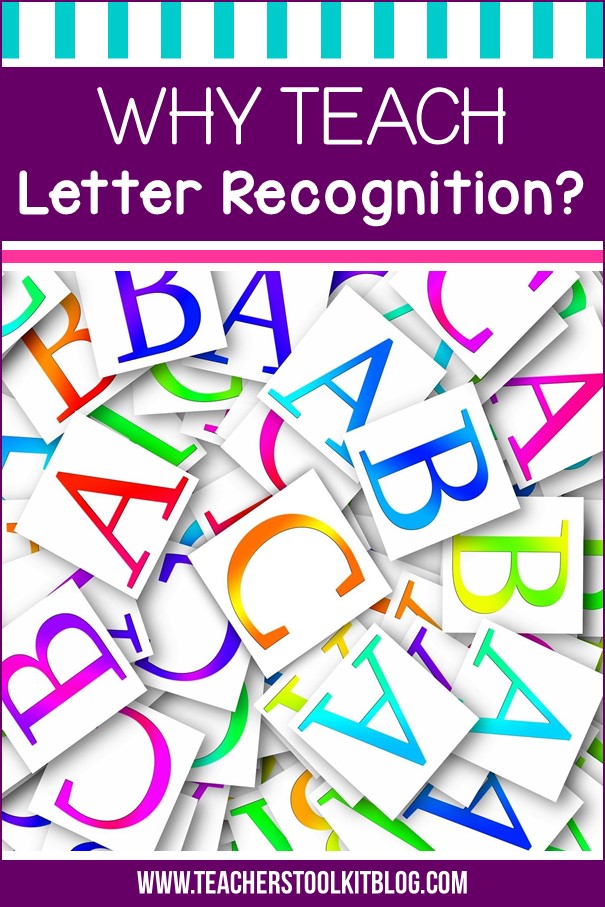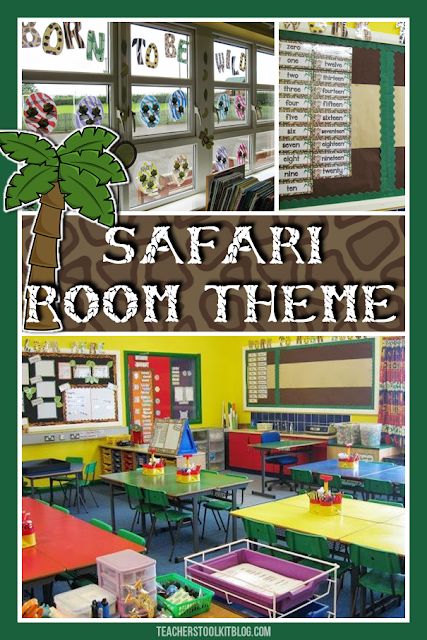Critical thinking skills weren’t always as necessary as they are today. Cognitively, young children aren’t really equipped to recognize inferences or assumptions, or to prepare arguments. Educators have often waited to teach these skills until students were older and better equipped to handle them.
However, our technological society has made it absolutely necessary that our students have the ability to think critically. Information is being added exponentially. Children are at a disadvantage if they aren’t able to decode, understand and analyze what they see, hear and read. It’s our job as their teachers to give them every opportunity to acquire this invaluable skill. Younger students CAN learn and use critical thinking skills. In fact, this is the best time to teach them!

Teaching Strategies for Critical Thinking
To teach critical thinking, teachers first have to let go. Trust that your students WILL get it! It may not happen immediately, but as the year goes on you will see begin to see improvements.
Offer students wide-ranging opportunities to learn these skills. Like anything else, practice will help them improve. By explicitly and intentionally teaching critical thinking, like you would any other skill, will foster mindfulness and independence.
- Let students flounder (at least for a little while). It’s not easy to watch kids struggle, but always jumping in the first second that they “need help” doesn’t encourage independence. Instead, ask them questions to help them figure it out on their own. Or tell them you’ll help them think about what to do. This has the added benefit of letting them hear your thought processes.
- Brainstorm and ask lots of questions. No matter what activity you’re engaging in with your students, get in the habit of brainstorming first. Ask lots of questions to help them predict what will happen. For example, when starting a new book ask “what do you think this book is going to be about?” When introducing a new lesson, ask “what sort of things do you think we’ll learn about rainforests?”
- Teach the benefits of overcoming challenges. Even young students are able to understand that getting past obstacles makes them feel good. You can explain to them in terms they’ll understand that their brains actually “get smarter” when they figure things out on their own. Doing this will also help kids to understand that intelligence is not a “fixed” quality, but one that can be improved and nurtured.
- Have students compare and contrast. This is valuable because it requires students to think closely and carefully about each topic or object. You can do this with almost anything. Ask students to compare today’s science lesson with yesterday’s. They can compare and contrast the characters in a story they’re reading … how were their actions the same? Why did one character do one thing while another character reacted differently? The possibilities are really infinite.
- Encourage group collaboration. There are many benefits to letting students work in groups. As kids work together, they are hearing thoughts and ideas from their peers. Exposing students to others with different ways of thinking and arriving at different conclusions helps them realize that their way isn’t necessarily the ONLY way.
As your students practice these skills throughout the year, you will find that they become less dependent on you. They’ll be able to take this independence and critical thinking ability with them as they advance through school.
What kind of activities have you tried with your students? Please share!
READ MORE…
ENCOURAGING GROWTH MINDSET IN THE CLASSROOM
These ‘quick starts’ are ideal warm-up activities for the beginning of a lesson. They should be used flexibly and can be used in any order, at any time. As these task cards are intended for repeated use, I would suggest laminating them for durability.
When to use: (10-15 minutes group/class)
- at the beginning of a lesson
- during circle time
- Brainstorm
- How Could You?
- It Won’t Happen
- How Do You Do It?
- What If?
- What’s The Same?
- How Many Ways?
- Recycle
- What’s The Connection?
- Crazy Combinations
- Predict The Future
You may also be interested in the following:





Your “Think Outside the Box” task cards are amazing!
I love the reminder to "Let students flounder." It is so hard to see them struggling sometimes, but that is how they learn to think critically!